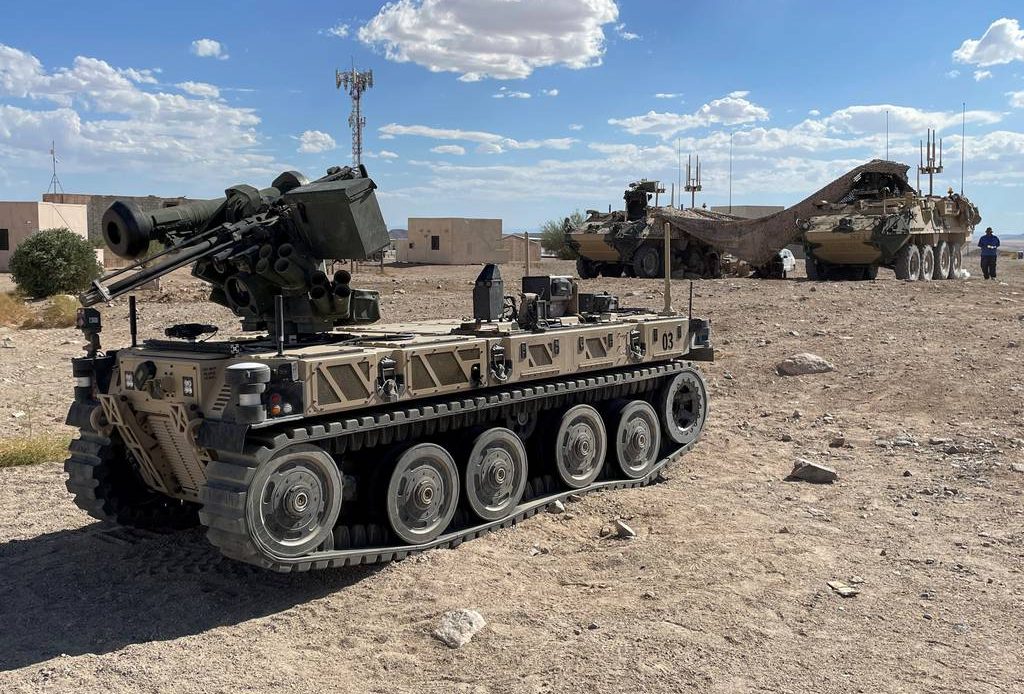
The U.S. Army’s Robotic Combat Vehicles (RCV)will fight with the opposing force in an upcoming training rotation, according to Maj. Gen. Geoff Norman, who is in charge of the service’s combat vehicle modernization efforts.
While the Army has experimented a great deal with RCV surrogates and prototypes in recent years, including a major event that evaluated how humans and machines will fight together on a future battlefield, the opportunity to evaluate how the service will fight an opposing force with similar robotic capability has been limited until now.
Norman told Defense News in an interview that there will be two National Training Center rotations this summer. A unit out of Fort Stewart in Georgia will go up against an RCV platoon. The next unit out of Fort Riley in Kansas will take the same RCV platoon and attach it to blue force.
“That’s going to be really exciting to do another round of learning and experimentation at the premier training event for those units,” Norman said.
Also this summer, the Army will receive two prototypes each from four teams competing to build the Army’s Robotic Combat Vehicle program-of-record platform. The service will then kick off a competition and “pick the best of breed,” Norman said.
The prototypes will undergo automotive testing at Aberdeen Proving Ground, Maryland, and Yuma Proving Ground, Arizona, beginning in August.
“The government can choose one or more of those prototypes to go forward into phase two of the program of record effort,” Norman said. “The downselect decision to one or more happens in the springtime,” of next year, he added.
The Army selected last year McQ, Textron Systems, General Dynamics Land Systems and Oshkosh Defense to build the light RCV prototypes.
The service is aiming to field to the first unit in fiscal 2028 following a production decision slated for FY27.
The Army is also trying to get one platoon set of RCVs to an Army Forces Command unit to continue more experimentation, but it is currently still working on resourcing the effort. “We’re hopeful that materializes but that’s an open issue that we’re working through,” Norman said.
At the same time, Norman’s team is working closely with the armor commandant’s office, the Maneuver Capability Development and Integration Directorate at Fort Moore, Georgia, to refine the organizational designs for what an RCV platoon might look like and what other equipment it might have.
“They’ve taken the RCV playbook that we’ve developed at a couple of different experiments and they’re now taking that to work on some initial doctrine or probably standing operating procedure, to standardize some of the tactics, techniques and procedures that robotic autonomous systems operators need,” Norman said.
The Army is also working prototyping control vehicles for the RCVs using an Armored Multipurpose Vehicle and a Bradley Infantry Fighting Vehicle. The service has already developed a Stryker control vehicle prototype, according to Norman. The Joint Light Tactical Vehicle will also be configured as a control vehicle; that prototyping will follow work on the AMPV and Bradley.
“Key to that will be soldier touch points to get their feedback because that’s been essential to get it right up to this point,” Norman said.
Author: Jen Judson
Source: DefenseNews



